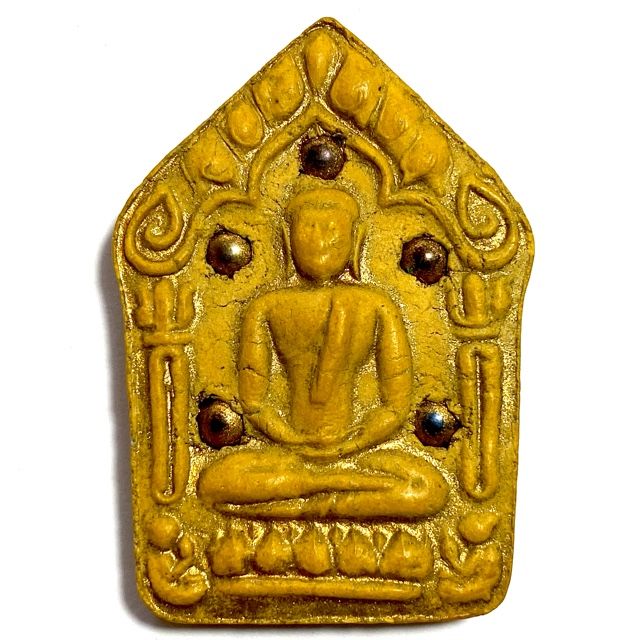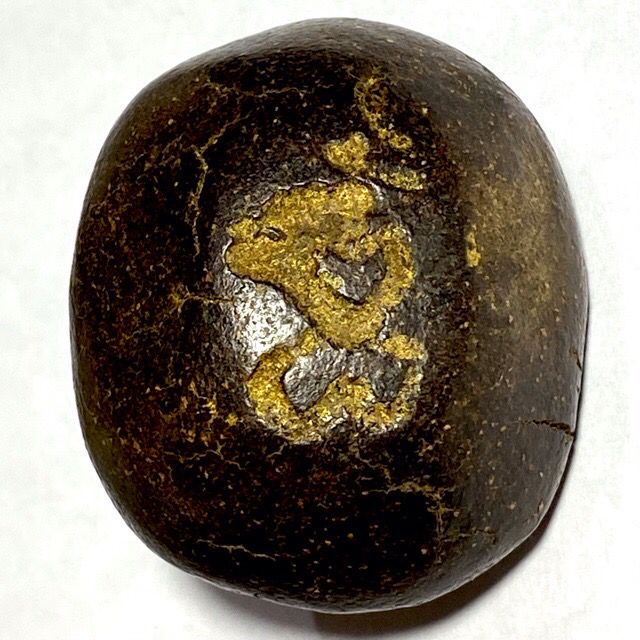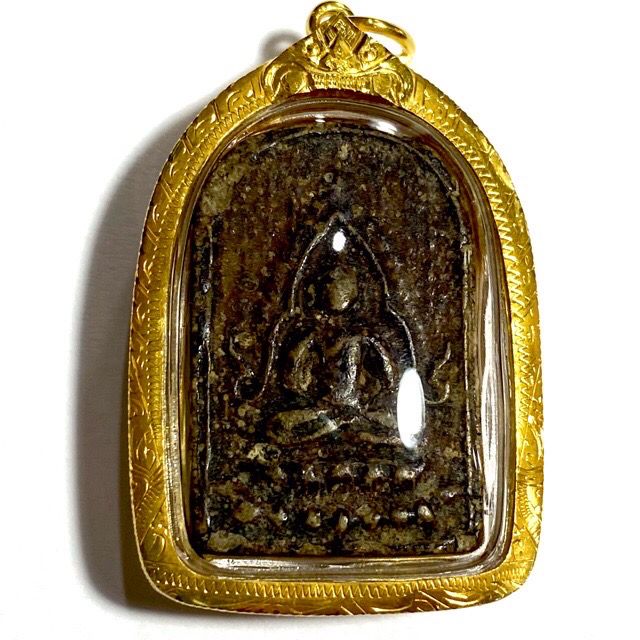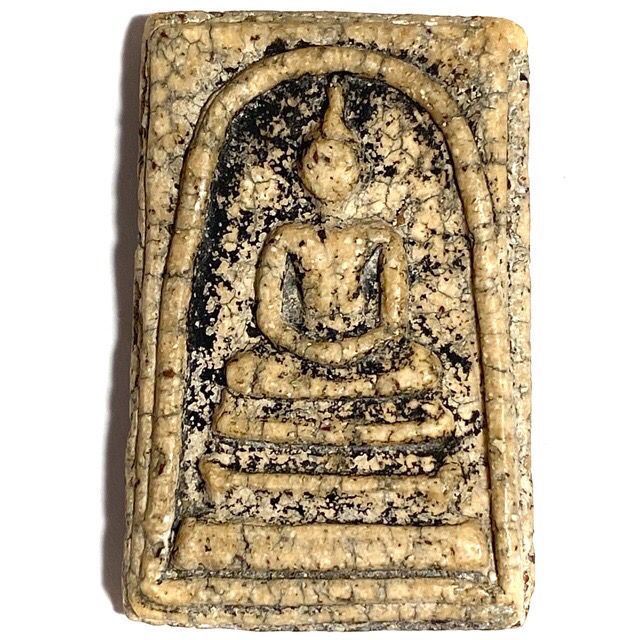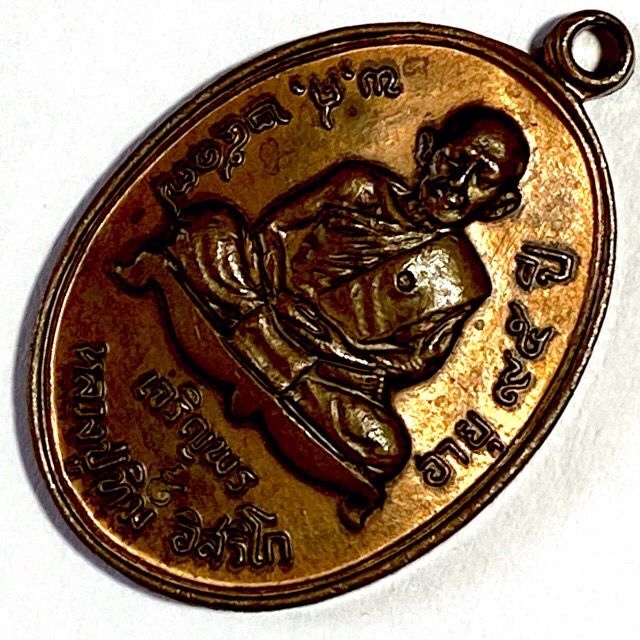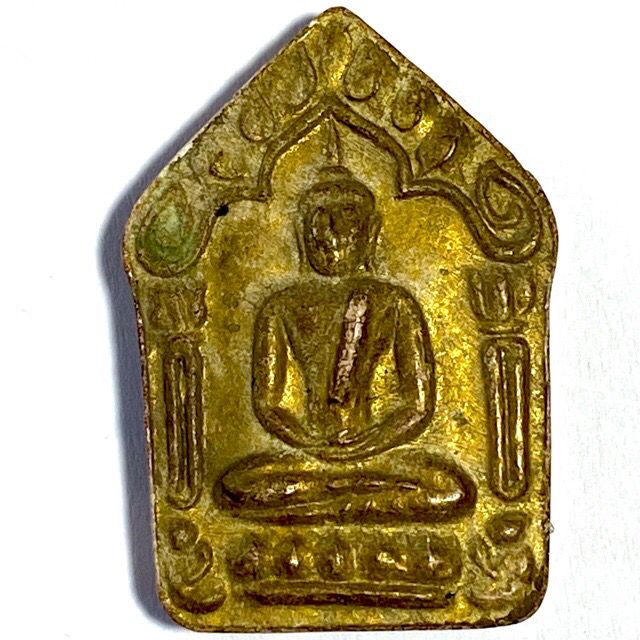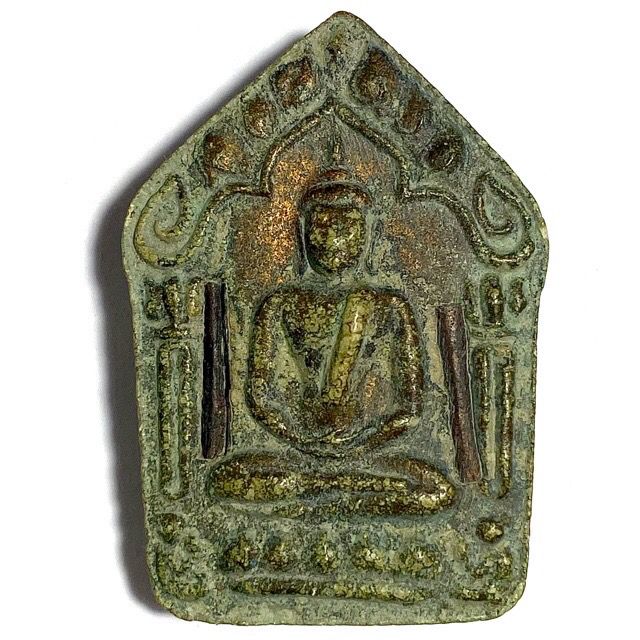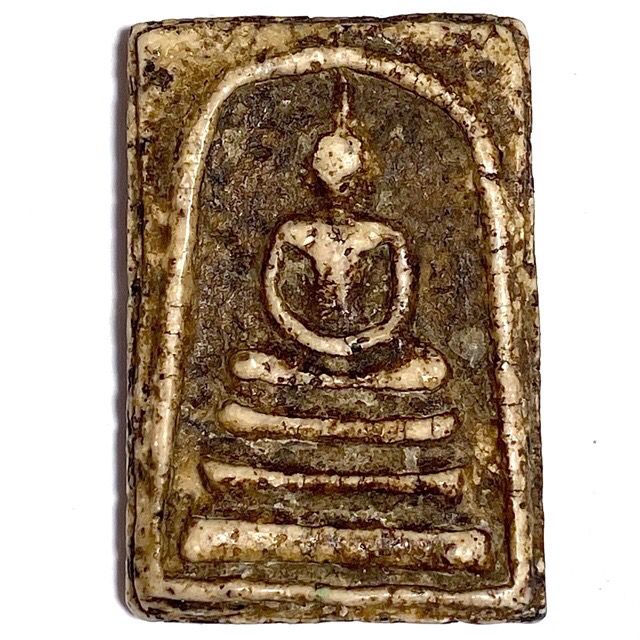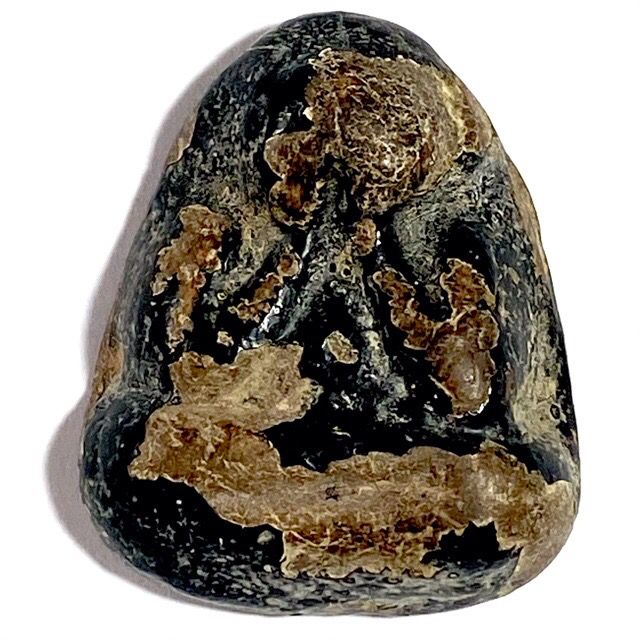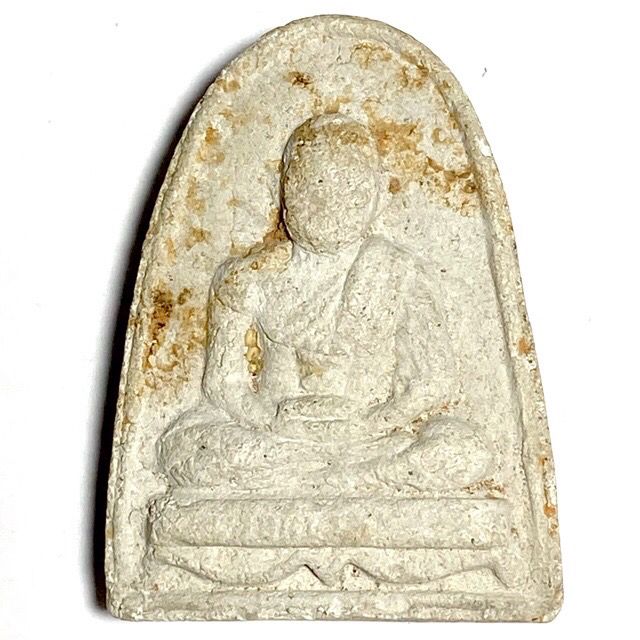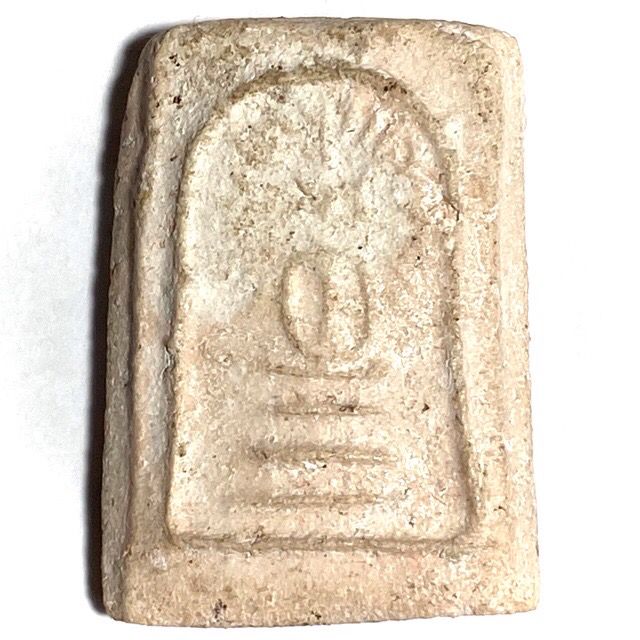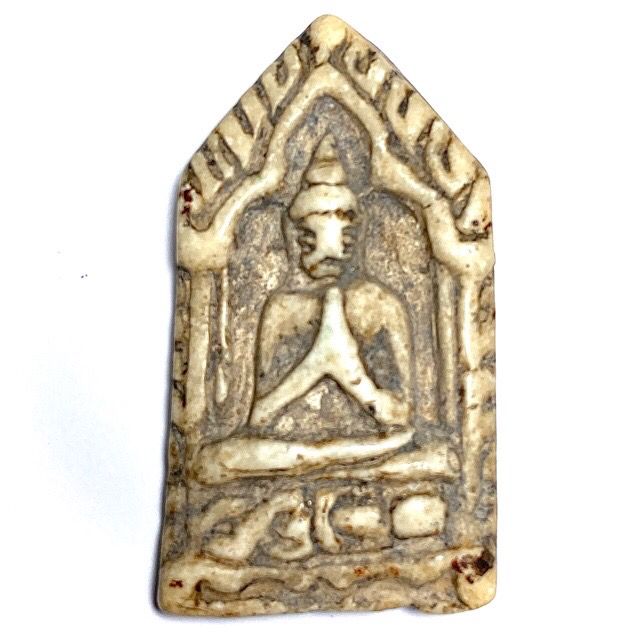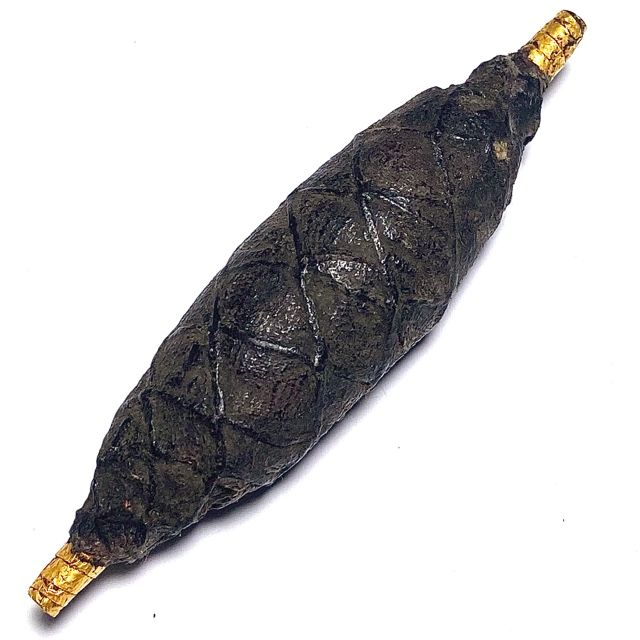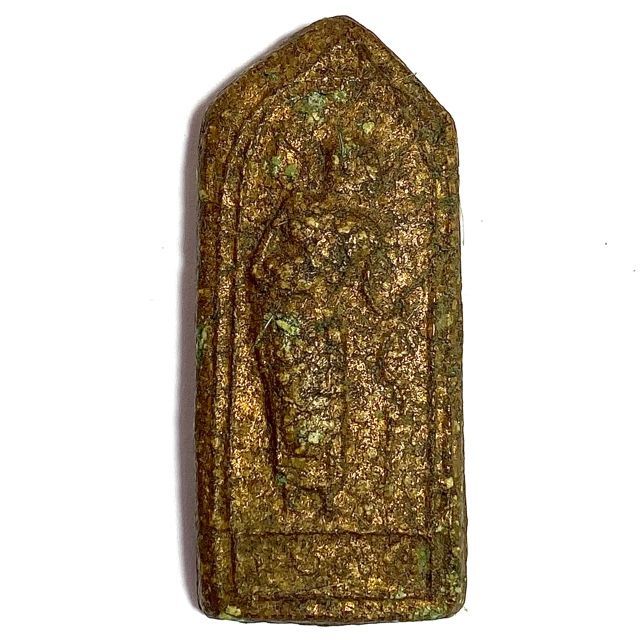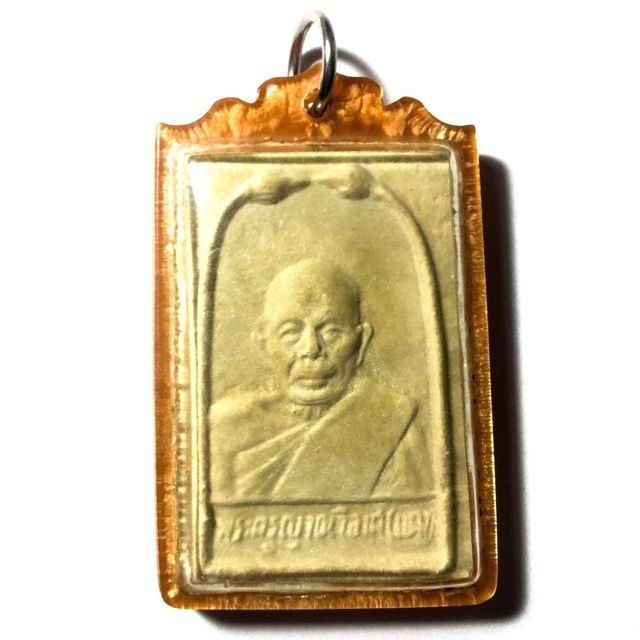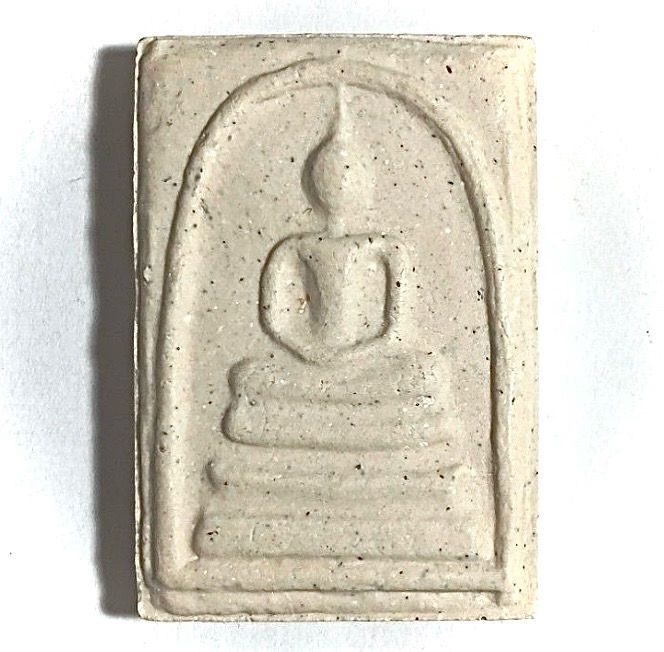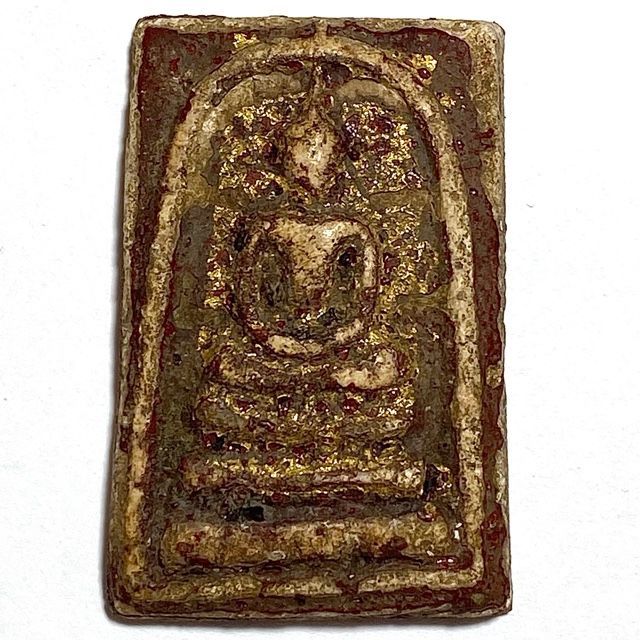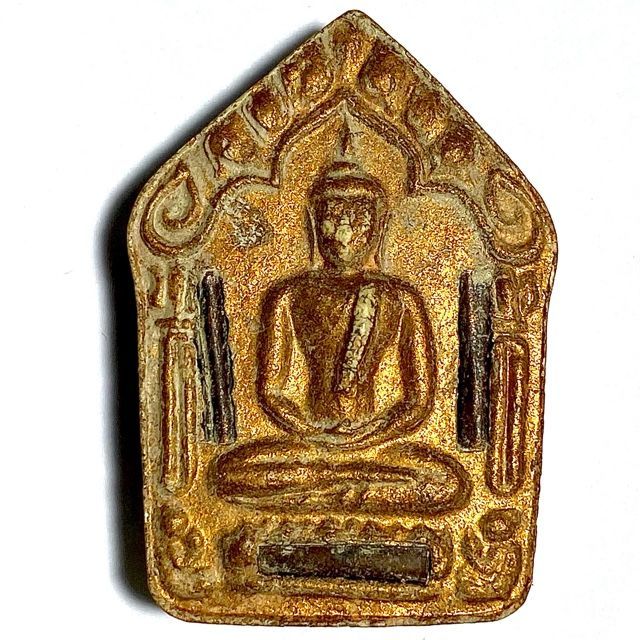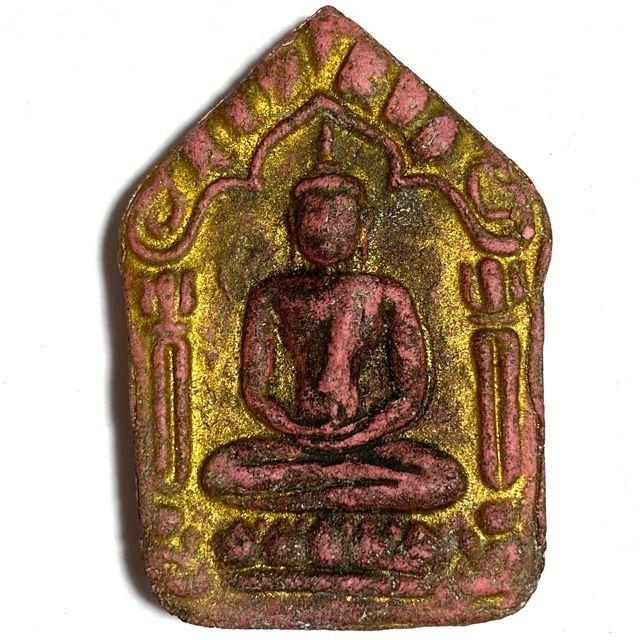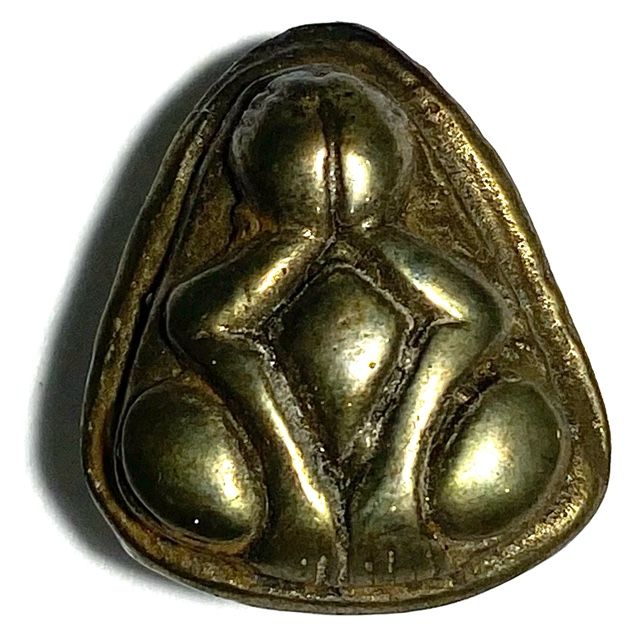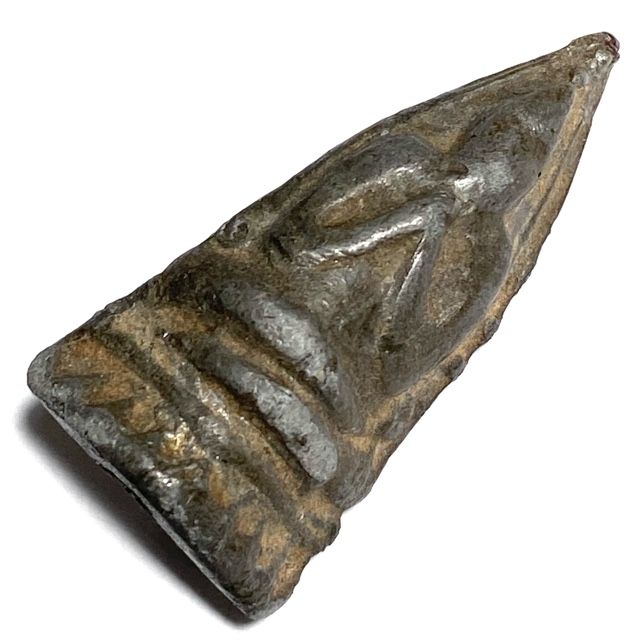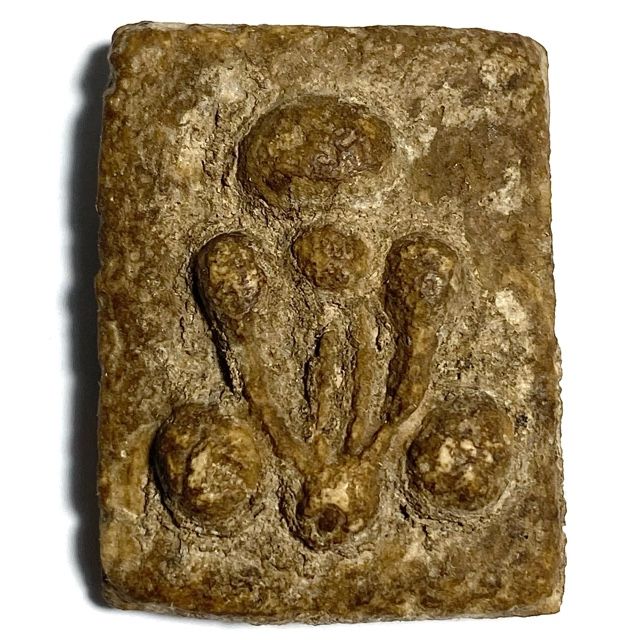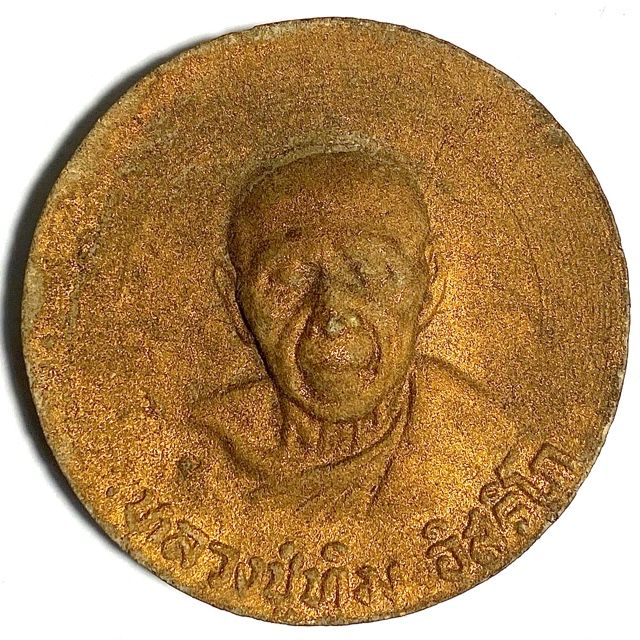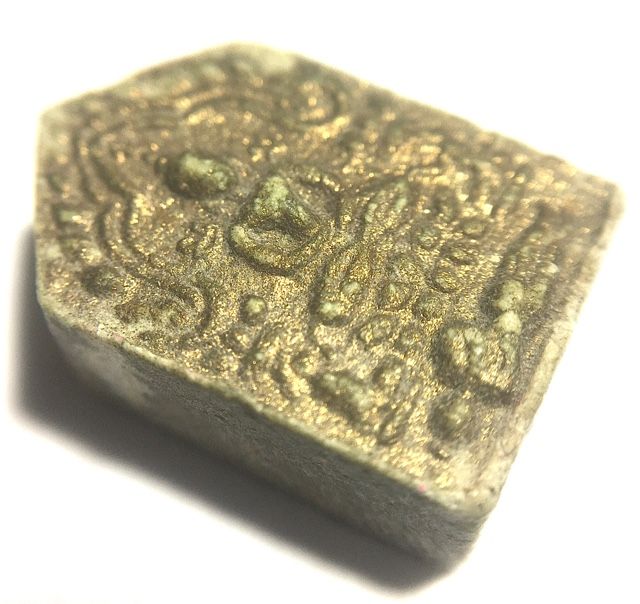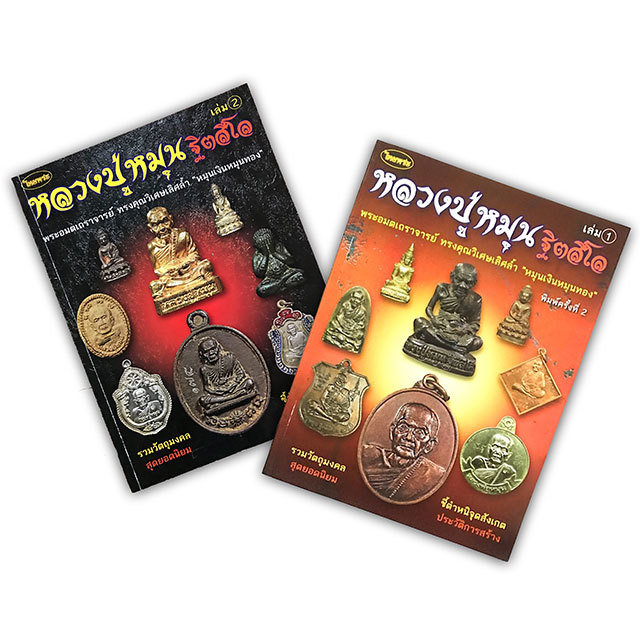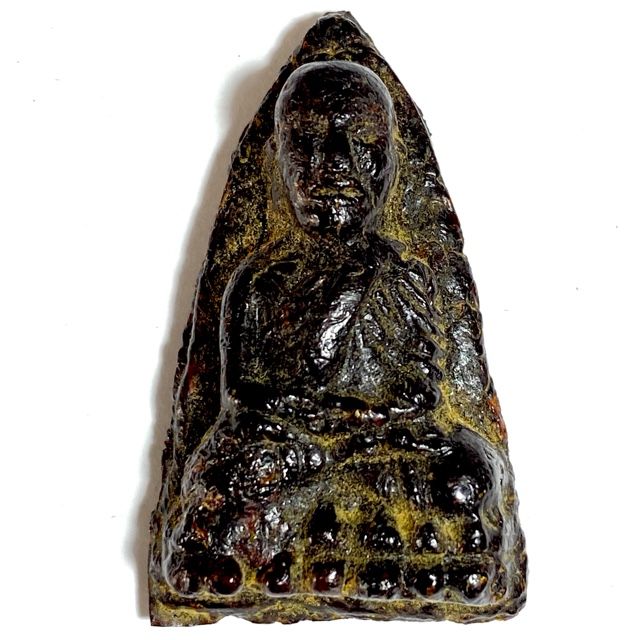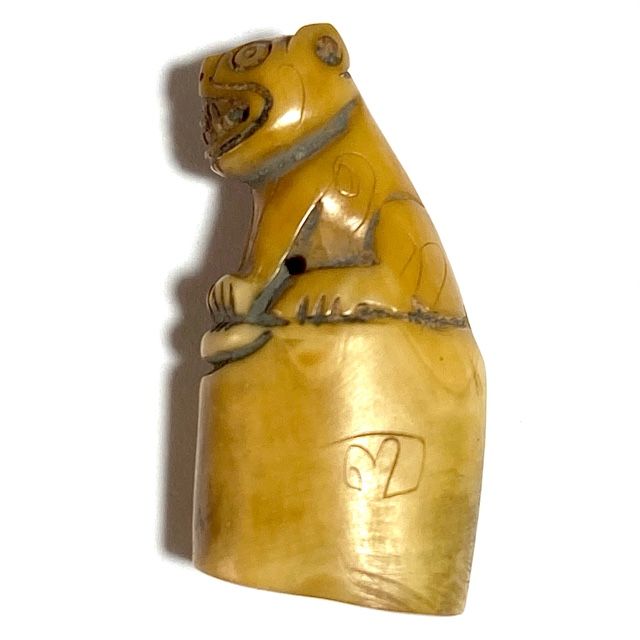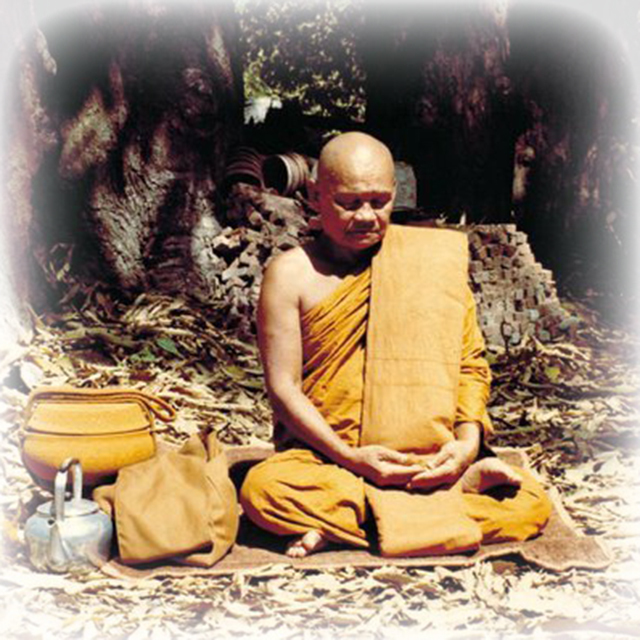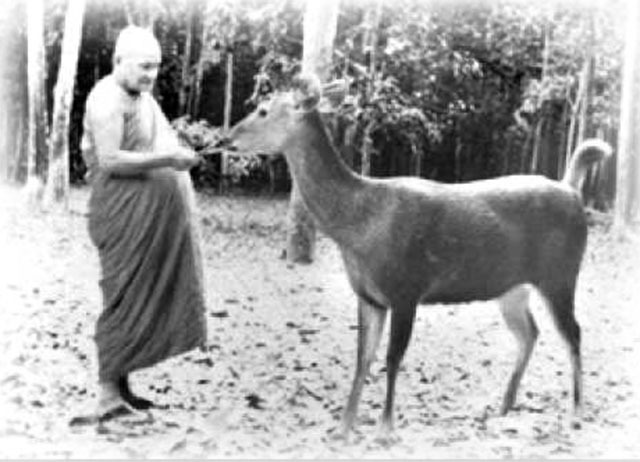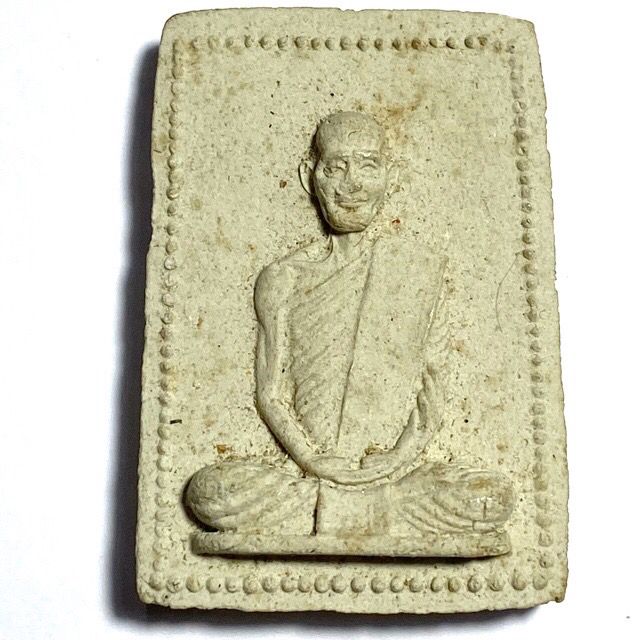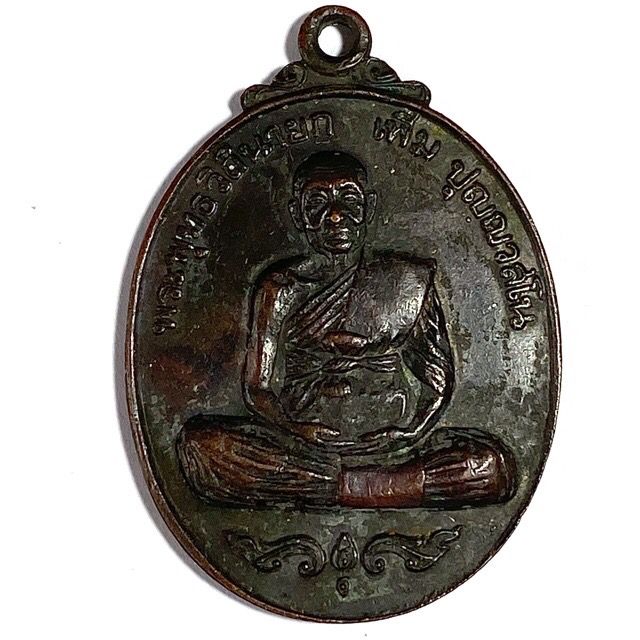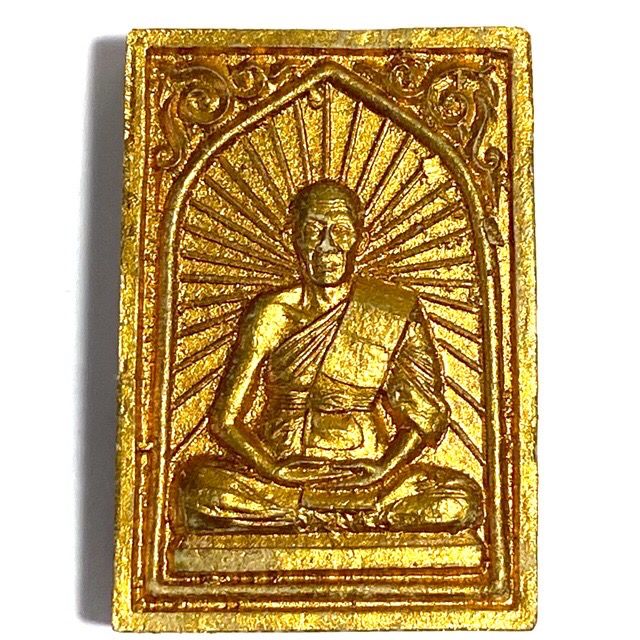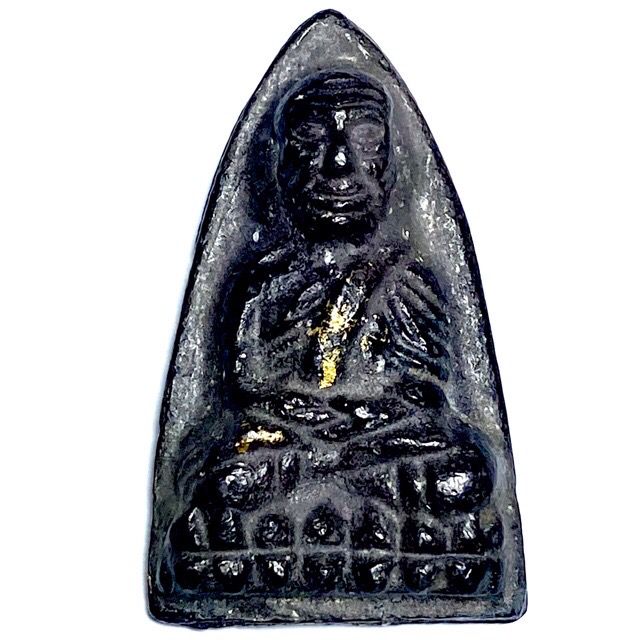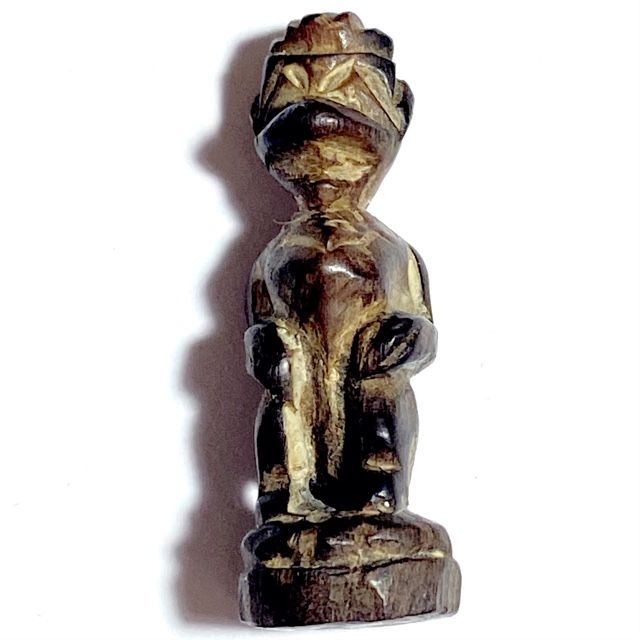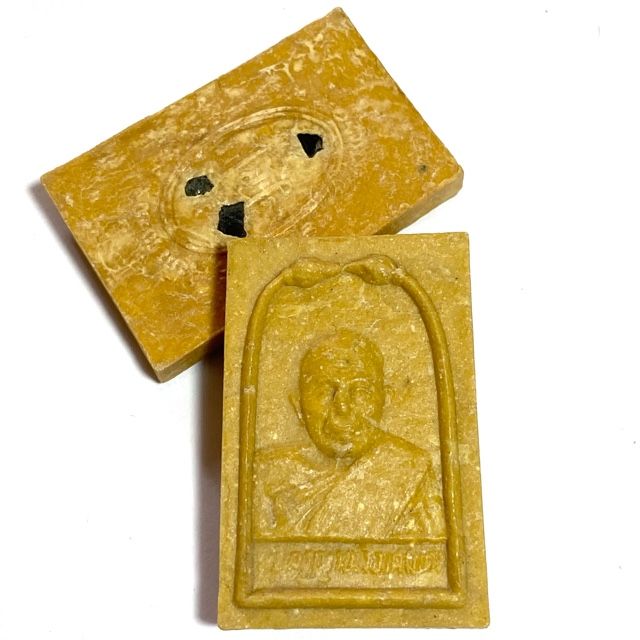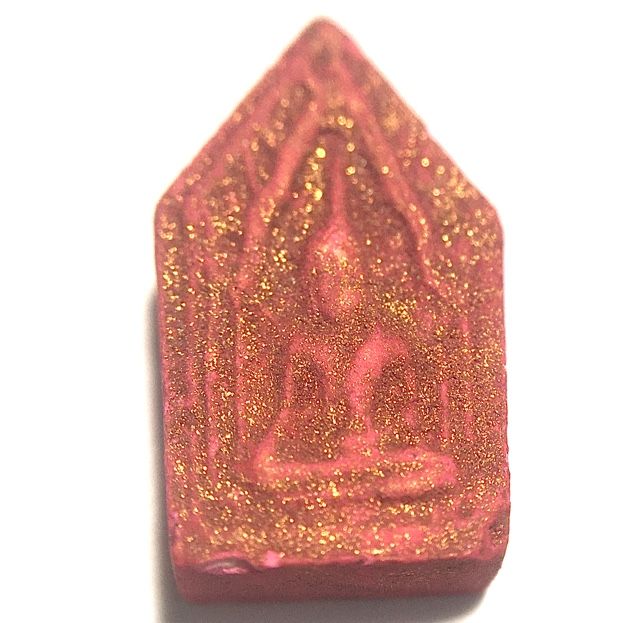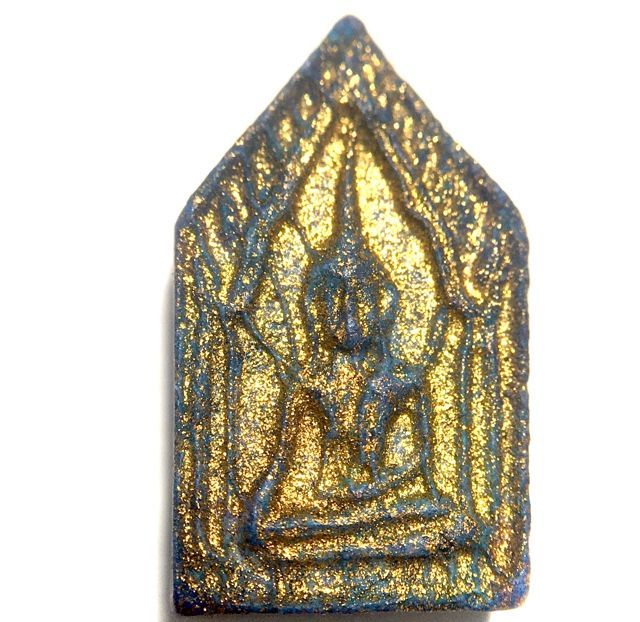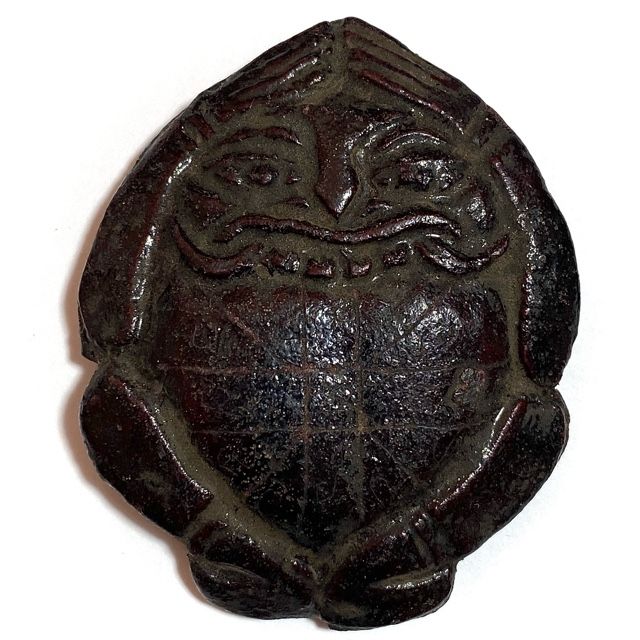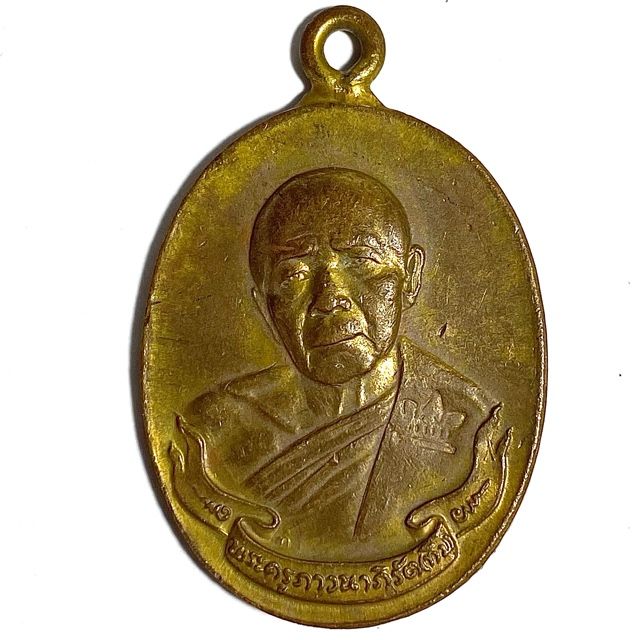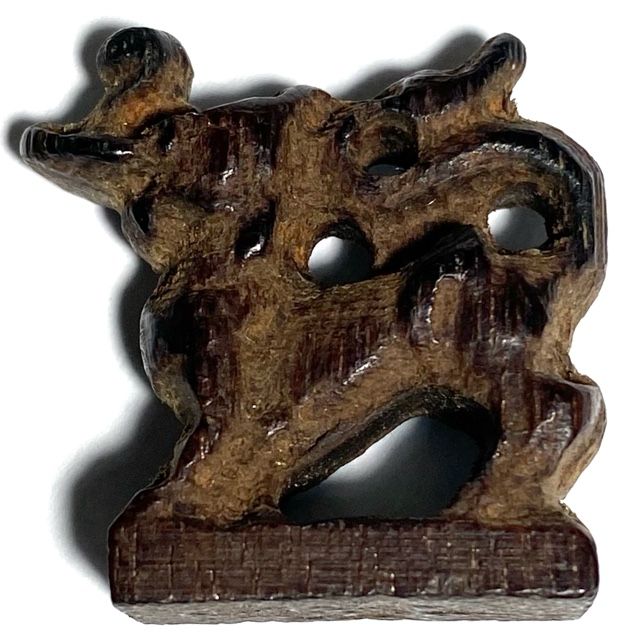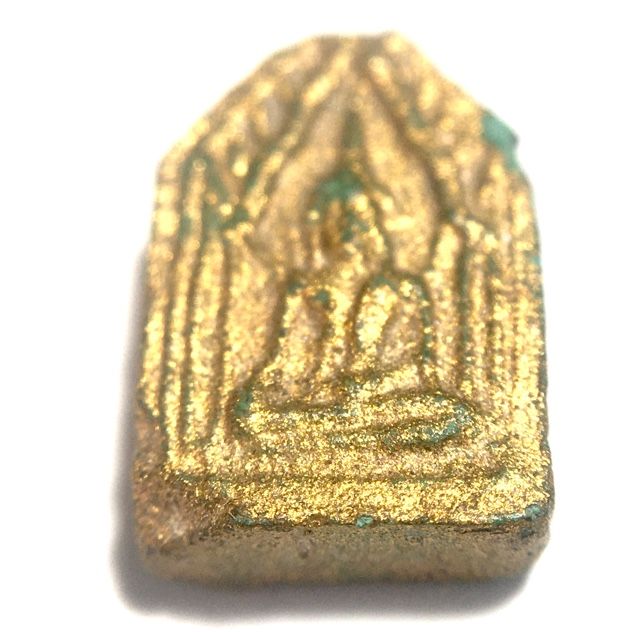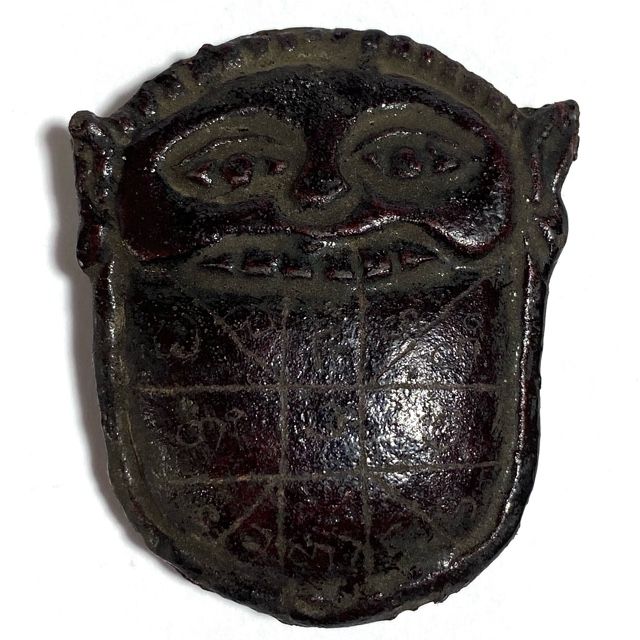The Thai Forest Tradition: Origins, Evolution, and Present Day
Origins and Historical Context
The Thai Forest Tradition, also known as Kammaṭṭhāna, emerged in the early 20th century as a revitalization movement within Thai Buddhism. This significant development was led by the influential Ajahn Mun Bhuridatto, a renowned Thai Buddhist monk who lived from 1870 to 1949. As a key figure in the tradition’s inception, Ajahn Mun sought to revive the original Buddhist monastic practices that had been prevalent in the region for centuries.
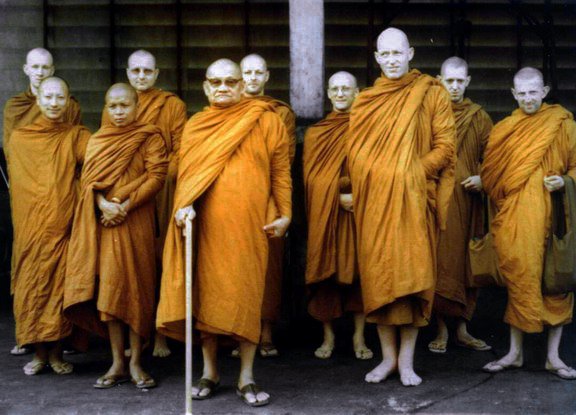
Ajahn Chah
The Thai Forest Tradition’s emphasis on meditation and its strict adherence to the Vinaya, or monastic discipline, marked a distinct departure from the more formalized and ritualistic practices that had become prevalent in Thai Buddhism at the time. By focusing on the core principles of Buddhist monasticism, the tradition aimed to create a more austere and contemplative environment, conducive to the cultivation of spiritual insight and wisdom. This approach allowed monastics to strip away the extraneous and concentrate on the fundamental teachings of the Buddha, unencumbered by the complexities and embellishments that often accompany institutionalized practices.
Listen to below talk; “Tudong 13-and The Thai Forest Tradition”

In this sense, the Thai Forest Tradition represented a return to the Buddha’s original teachings, as recorded in the Pali Canon, which emphasized the importance of personal experience and direct insight over dogma and ritual. By simplifying their practices and focusing on the development of wisdom and spiritual maturity, the monastics of the Thai Forest Tradition sought to embody the ideals of the Buddha’s original community, known as the Sangha.

This approach also enabled them to connect more deeply with the natural world, cultivating a sense of humility and inter-connectedness with all living beings.

The Thai Forest Tradition’s emphasis on meditation and monastic discipline also had a profound impact on the spiritual lives of its practitioners. Through their rigorous adherence to the Vinaya and their commitment to meditation, monastics were able to develop a deep sense of inner peace, clarity, and wisdom. This, in turn, allowed them to live in greater harmony with others and with the natural world, embodying the principles of compassion, loving-kindness, and wisdom that are at the heart of the Buddhist path.
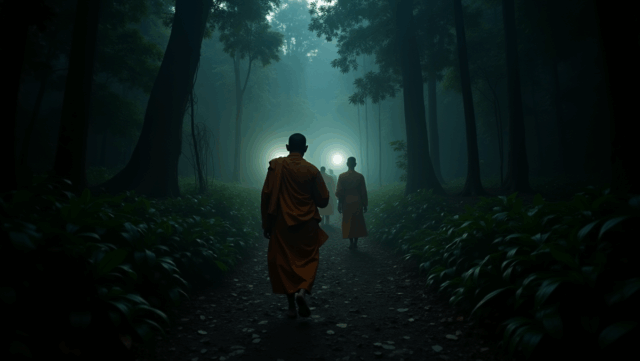
By creating a more austere and contemplative environment, the Thai Forest Tradition provided a powerful catalyst for spiritual growth and transformation, enabling its practitioners to realize their full potential as human beings and to live in greater alignment with the principles of the Dharma.
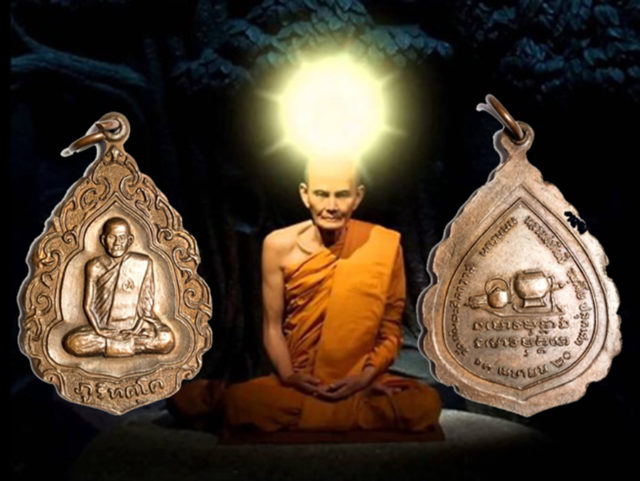
Ajahn Mun’s teachings and example inspired a new generation of Thai Buddhist monks, who sought to emulate his commitment to the traditional monastic way of life. Under his guidance, the Thai Forest Tradition flourished, spreading its influence throughout Thailand and beyond.
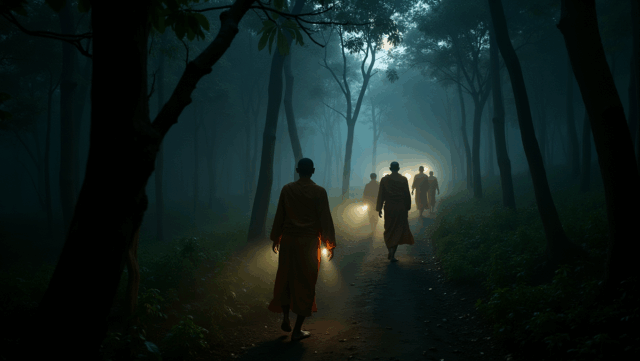
The tradition’s emphasis on meditation, simplicity, and self-reliance helped to create a sense of community and shared purpose among its adherents, who were united in their quest for spiritual enlightenment.
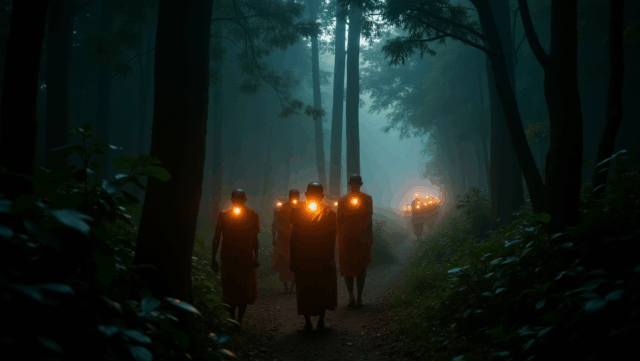
The movement grew out of the Dhammayut reform initiated by Prince Mongkut (later King Rama IV) in the 1820s, which aimed to restore disciplinary standards that had declined in the Thai Sangha. This reform laid the groundwork for the later forest movement by emphasizing a return to the original Buddhist texts and practices.
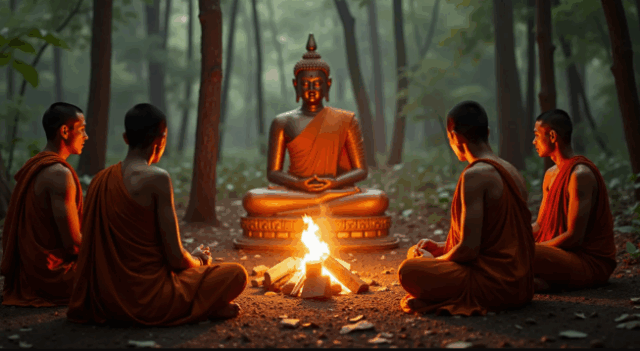
Ajahn Mun was born in 1870 in Baan Kham Bong, a farming village in Ubon Ratchathani province in northeastern Thailand. He was ordained as a Buddhist monk in 1893 and spent the remainder of his life wandering through Thailand, Burma, and Laos, dwelling primarily in forests while practicing intensive meditation.
Development and Key Figures
Ajahn Mun’s approach was revolutionary in Thai Buddhism of his time. While many monasteries focused on scholarly study or ritual practices, he emphasized direct experience through meditation practice and strict observance of the Vinaya. This approach was controversial initially, as many Thai Buddhists of his era believed that enlightenment was no longer possible in the present age.
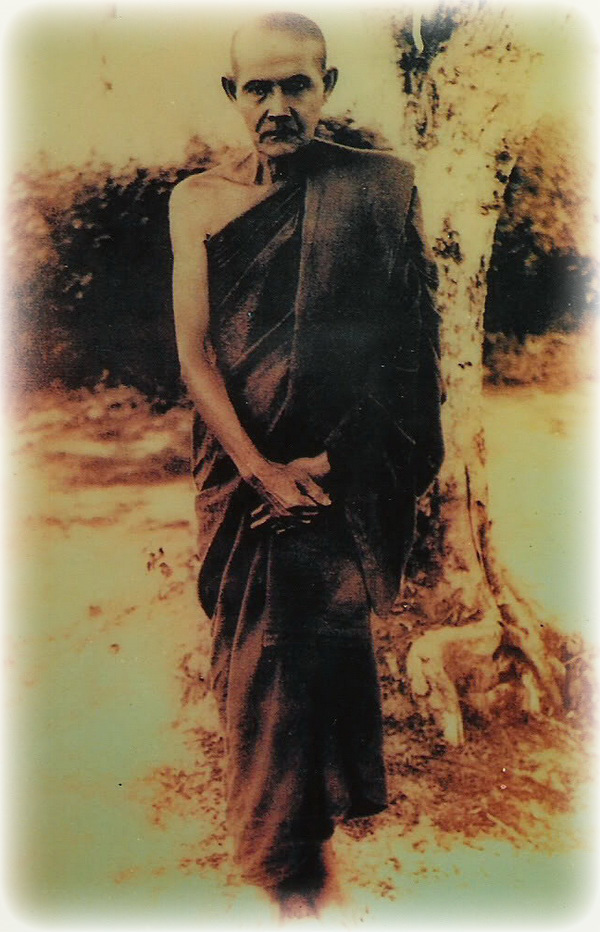
Ajahn Mun
Ajahn Mun’s disciples continued and expanded his legacy:
- Ajahn Chah (1918-1992) became internationally renowned and established numerous monasteries in Thailand and abroad.
- Luangta Maha Bua (1913-2011) maintained a strict interpretation of the tradition at Wat Pa Baan Taad.
- Ajahn Lee Dhammadharo (1907-1961) systematized the meditation techniques of the tradition.
The first Western monk ordained in the Thai forest tradition was Ajahn Paññavaddho, who came to live with Luangta Maha Bua in 1963, marking the beginning of the tradition’s international expansion.
Tudong vs. Dhutanga: Clarifying the Distinction

A significant point of confusion exists between the concepts of “Tudong” (ธุดงค์) and “Dhutanga”:
Dhutanga (meaning “austere practice” in Thai) refers specifically to the thirteen ascetic practices allowed by the Buddha for monks seeking a stricter practice. These practices include: wearing robes made from discarded cloth, possessing only three robes, eating only food received on alms rounds, eating only one meal per day, refusing food after the designated time, living in the forest, dwelling under trees, living in the open air, dwelling in charnel grounds, accepting whatever lodging is assigned, and sleeping in a sitting position.

Tudong is the Thai term derived from “dhutanga” but has evolved to specifically refer to the practice of wandering through forests and countryside, often undertaken by forest monks as a spiritual practice. While this wandering may involve practicing some or all of the 13 dhutanga practices, “tudong” itself refers primarily to the forest wandering aspect.

The 13 dhutanga practices are not considered “extreme” in a negative sense but rather as specialized practices that “enable the mind to be rapidly and easily purified, [an] absolute prerequisite to the development of meditation.” They are designed for determined practitioners who wish to accelerate their spiritual progress.
The Forest Tradition in Modern Times
In the early 21st century, the Thai Forest Tradition has faced significant challenges, particularly the destruction of Thailand’s forests due to logging, agriculture, and development. This environmental crisis directly impacts the tradition’s practice since forest dwelling is central to its identity.
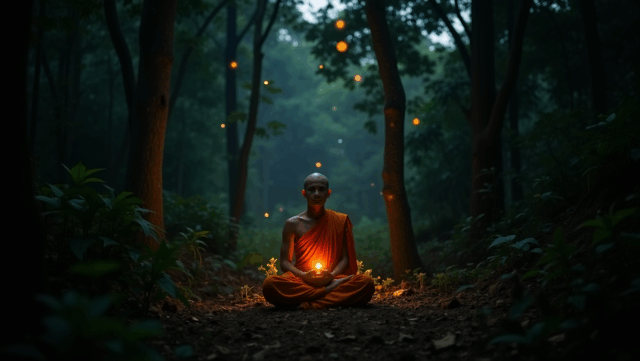
Despite these challenges, the tradition has gained international recognition and established monasteries worldwide. Western branches include Abhayagiri Monastery in California and monasteries in the UK, Australia, and Europe, making the tradition increasingly global while maintaining its core principles.
1360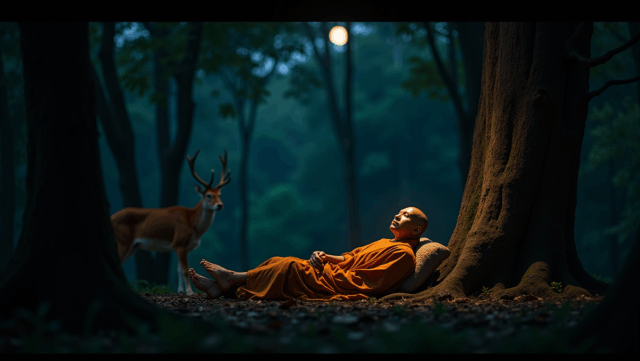
The tradition continues to emphasize:
- Strict adherence to the Vinaya (monastic code)
- Meditation practice focused on developing mindfulness and wisdom
- Simplicity and renunciation
- Direct experience as the path to understanding the Buddha’s teachings

Today’s practitioners continue to observe various dhutanga practices, though complete forest wandering has become more difficult due to deforestation and modernization. Many forest monasteries now serve as refuges where these practices can be maintained in a supportive environment.
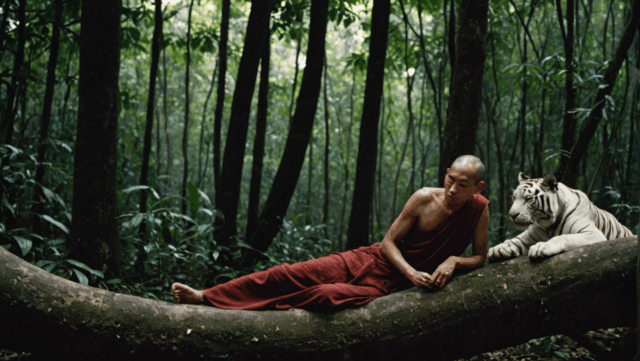
Significance and Contributions
The Thai Forest Tradition has made significant contributions to contemporary Buddhism:
- Preserving meditation practices that emphasize direct experience of the Buddha’s teachings
- Maintaining high standards of monastic discipline
- Developing accessible meditation instructions for laypeople
- Creating international networks of monasteries that make these teachings available globally
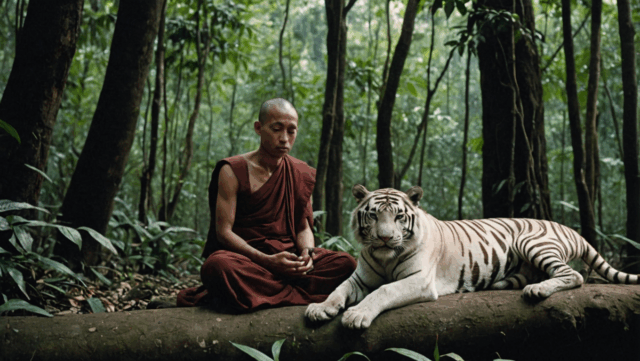
The tradition continues to emphasize that enlightenment remains possible in the present age, countering the belief that had become widespread in Thai Buddhism that such attainments belonged only to the Buddha’s time.
This living tradition represents one of the most direct connections to the Buddha’s original teachings on forest dwelling and meditation practice, offering practitioners a path that closely resembles early Buddhist monasticism while adapting to contemporary challenges

All Amulets
Ancient Amulet - Thai Buddhist Pra Niyom Category Amulets
SIGN IN OR CREATE ACCOUNT
BAD NEWS FOR AMERICA;
NOTICE!! REGRETFULLY FOR ORDERS UNDER 350$ TO AMERICA, NO FREE SHIPPING - DUE TO MR TRUMPS TARRIFS AND THAILAND POST COSTS TRIPLING! AMERICAN ORDERS MUST PAY FOR SHIPPING
SIGN IN OR CREATE ACCOUNT
Discover the mesmerizing world of Thai Buddhist heritage with our unique collection of Pra Niyom amulets. These 'High End Preferred Class Antique amulets' are more than just collectibles; they are authentic spiritual artifacts hailing from the profound traditions of Thai Buddhist Sorcerer Monks, Lersi Ascetics, and revered Lay Masters of yesteryear. Our Pra Niyom amulets are a preservation of the memory of the Great Magical Masters of the past, and the Magic they wielded, and hopes to be a bridge to preserve this knowledge in the present and future. The information within Ancient Amulet website provides reference study material, textual, and visual knowledge, for those seeking a deeper understanding of Thai spirituality and culture. These exquisite ancient Thai amulets,are not just for the seasoned collector but for anyone with an appreciation for authenticity, craftsmanship, and the deep-rooted traditions they represent.
AMERICA NO FREE SHIPPING DUE TO MR TRUMP'S TARRIFS AND THAILAND POST COSTS TRIPLING! AMERICAN ORDERS MUST PAY FOR SHIPPING. THANK DONALD TRUMP!
